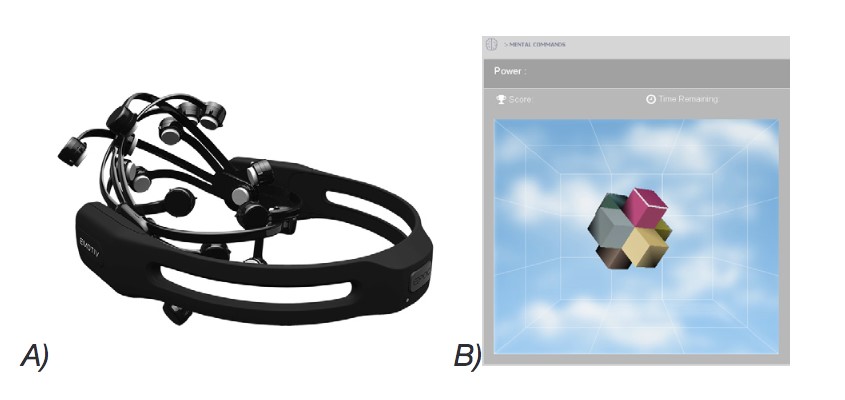In March 2020, the International Journal of Dream Research published a study by Remington Mallett, a cognitive neuroscience graduate student at the University of Missouri who conducted an experiment among lucid dreamers using a simple computer-brain interface.
A person dreaming a lucid dream can send signals to the outside world in real time, and Mallet set out to investigate whether this property can be harnessed. To do so, the scientists connected a special interface that converts neural activity produced by interacting with mental objects into computer commands. Three practitioners were invited to test it using an Emotiv EPOC + headset.

First, the action (moving a 3D block on the screen through the power of thought alone) was repeatedly performed by the participants in their imagination and in reality. Then they were asked to perform the same actions in lucid dream. Two of the three practitioners were able to move the 3D object on the screen from within the phase.
The results of the experiment indicate that the interface between the computer and the brain can be controlled from within a lucid dream. The development of such technologies is thus becoming a promising direction for scientific progress.




